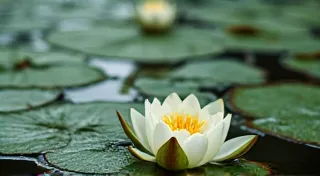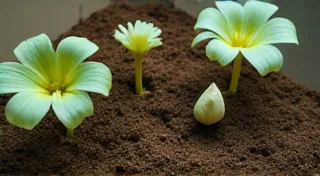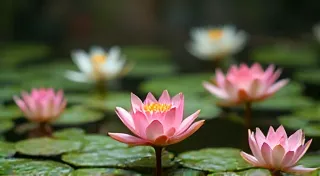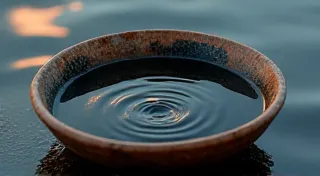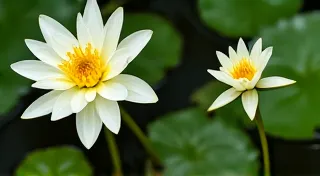Choosing the Perfect Water Lily Variety for Your Pond
Water lilies, those stunning jewels of the aquatic world, add unparalleled beauty and tranquility to ponds and water gardens. But with such a dazzling array of colors, sizes, and bloom habits, choosing the perfect variety for your pond can feel overwhelming. This guide will break down the different types of water lilies – hardy, tropical, and miniature – and provide practical tips to help you select the ideal varieties that thrive in your climate and complement your pond’s design.
Understanding the Different Types of Water Lilies
Hardy Water Lilies: The Reliable Choice
Hardy water lilies (Nymphaea odorata and related species) are the workhorses of the water garden. They’re known for their resilience and ability to survive colder climates. They naturally go dormant in winter, retreating underwater and storing energy for a vibrant spring re-emergence. Properly caring for these plants involves more than just placement; it requires a solid fertilization strategy to ensure they have the nutrients they need to thrive – a topic we explore in more detail in our article on Water Lily Fertilization: Keeping Your Plants Thriving.
- Climate Suitability: Hardy lilies are perfectly suited for zones 3-9, comfortably tolerating freezing temperatures.
- Size: They generally have larger leaves, ranging from 6 to 24 inches in diameter.
- Bloom Time: Typically bloom during the day.
- Color Variety: Available in a wide range of colors including white, pink, red, yellow, and bicolors.
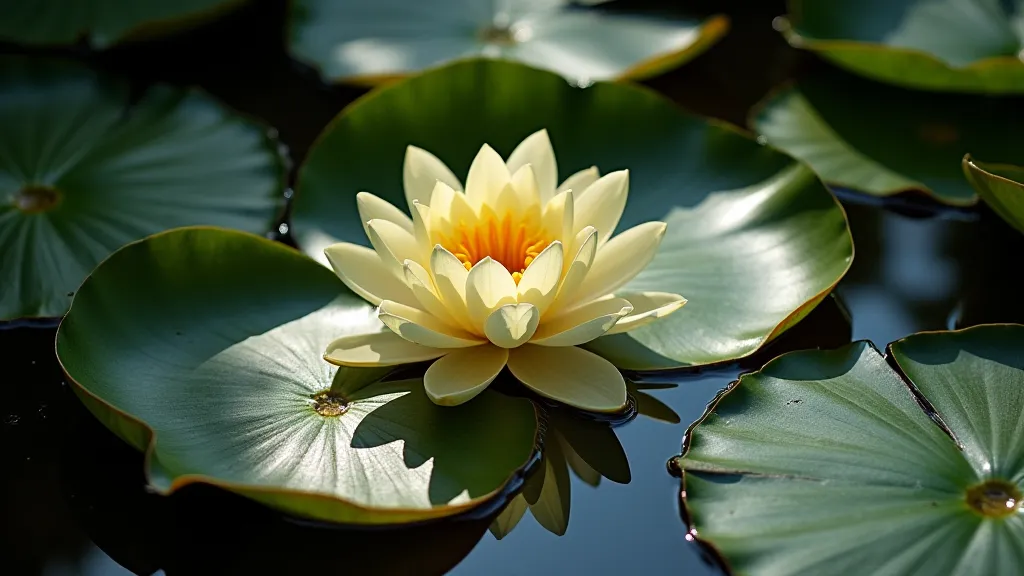
Tropical Water Lilies: Exotic Blooms
Tropical water lilies (often hybrids of Nymphaea species) bring a touch of the tropics to your pond. They are known for their incredibly large leaves, showy blooms, and often, fragrant scents. Creating a visually stunning water garden is more than just selecting the right plants; thoughtful Designing a Water Lily Pond: Creating a Stunning Focal Point is crucial to maximize the beauty and impact of your aquatic landscape. These vibrant plants demand careful attention to detail.
- Climate Suitability: Require warm temperatures (zones 10-11 or warmer) and cannot tolerate frost. They often need to be overwintered indoors in colder regions.
- Size: Leaves can be truly enormous, with some reaching over 6 feet in diameter!
- Bloom Time: Many tropical lilies are night-blooming, opening their flowers in the evening and closing in the morning.
- Color Variety: Offer incredible color combinations and unique flower forms.
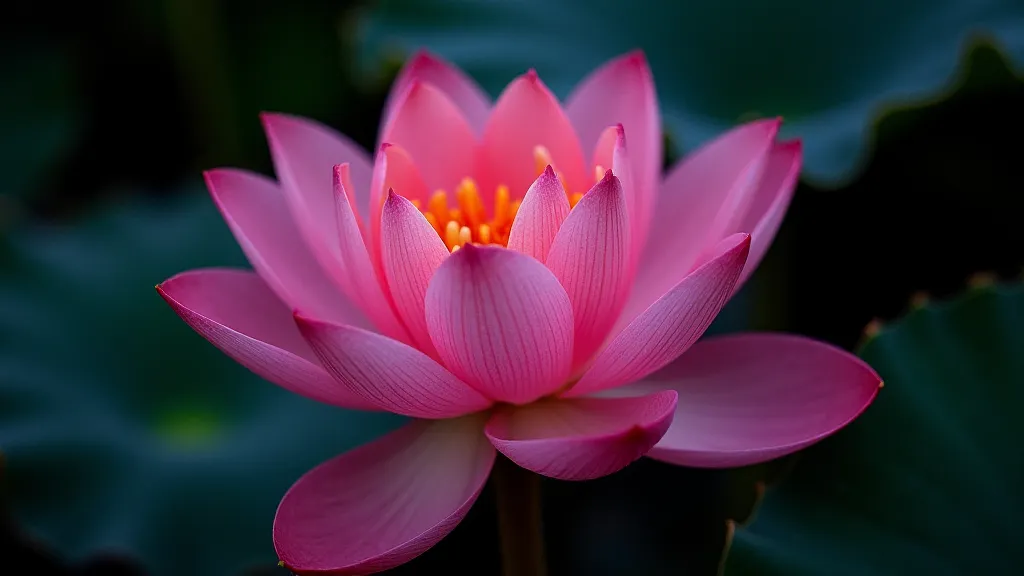
Miniature Water Lilies: Charm in a Small Space
Miniature water lilies are perfect for smaller ponds, containers, or even patio water features. They offer the beauty of water lilies in a more compact form. They're often a great choice for those with limited space, and understanding how to maintain water clarity is key to showcasing their delicate beauty - something we delve into in our guide to How to Maintain Water Clarity in a Water Lily Pond. These smaller varieties require just as much care as their larger counterparts.
- Climate Suitability: Can be hardy or tropical, depending on the specific variety.
- Size: Leaves typically range from 3 to 6 inches in diameter.
- Bloom Time: Generally day blooming.
- Color Variety: Available in a lovely range of colors, often smaller and more delicate in appearance.
Matching Water Lily Varieties to Your Pond Conditions
Consider these factors when selecting your water lilies:
- Pond Size: Miniature lilies thrive in smaller ponds (less than 18 inches deep), while hardy and tropical lilies need more space to spread.
- Climate: Choose hardy lilies if you live in a colder region, and tropical lilies if you live in a warmer climate.
- Depth: Different lilies prefer different water depths. Miniature lilies can be grown in shallow water, while tropical lilies generally require a deeper pond (at least 24 inches).
- Aesthetic Preferences: Think about the colors and bloom habits you desire to create the desired atmosphere in your water garden. Do you want a classic white bloom, a vibrant pink hue, or the intrigue of night-blooming flowers?
Day Blooming vs. Night Blooming
The bloom time of a water lily can significantly impact your enjoyment of your water garden. Day-blooming varieties open their flowers in the morning and close in the evening, offering beauty during daylight hours. Night-blooming lilies, on the other hand, open their flowers in the evening, often releasing a beautiful fragrance and attracting nocturnal pollinators. Night-blooming lilies often have a more striking appearance at night, illuminated by moonlight. Ensuring the health and vitality of your water lilies, regardless of their bloom time, requires a commitment to proper care and attention to detail. If you're looking to propagate your collection and expand your water garden, you might find our guide on Propagating Water Lilies: Growing New Plants from Yours particularly helpful.
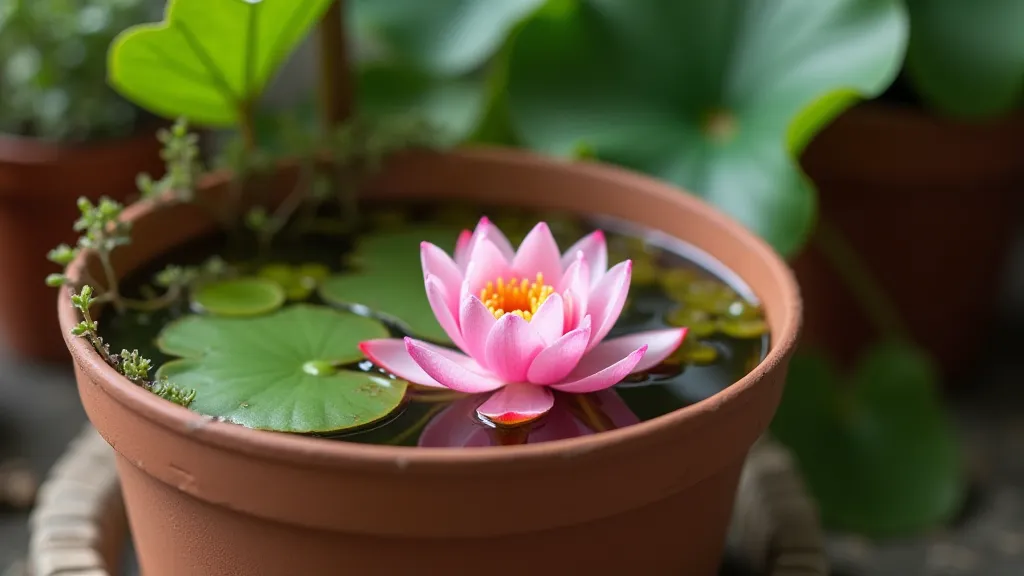
Choosing the right water lily variety involves more than just aesthetics; it requires careful consideration of environmental factors, pond conditions, and personal preferences. Understanding the nuances of each type—hardy, tropical, and miniature—empowers you to create a thriving and beautiful water garden. From selecting the ideal fertilizer regime to planning a visually stunning landscape design, every detail contributes to the overall success of your aquatic oasis. Furthermore, consistent care and preventative measures, such as maintaining water clarity and addressing potential algae blooms, are vital for long-term health and enjoyment. Remember, a vibrant water garden is a testament to your dedication and a source of lasting tranquility.
Proper placement is critical. Larger varieties, particularly tropical lilies, require a significant amount of space to spread their massive leaves. Smaller ponds are best suited for miniature varieties, which remain compact and manageable. Depth is also a crucial factor; ensure the lily is planted at the appropriate depth for optimal growth and flowering. Hardy lilies generally thrive in shallower water, while tropical lilies prefer a deeper pond. Consistent observation and proactive care are essential for identifying and addressing any issues that may arise, such as nutrient deficiencies or pest infestations. By following these guidelines and embracing a proactive approach to water garden care, you can create a stunning and thriving aquatic landscape that you’ll enjoy for years to come.
